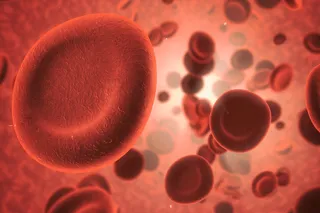Rapamycin has been called a potential miracle drug, capable of slowing the effects of aging — everything from greying hair to age-related diseases like Alzheimer’s. And even though the bacteria that produces rapamycin was discovered about six decades ago, the drug still isn’t used or prescribed often. In the early phases of testing, experts discovered many side effects.
“We’re the dog that caught the car — nobody seems to know what to do,” says Arlan Richardson, a biochemist at the University of Oklahoma Health Sciences Center.
A Canadian team first discovered rapamycin, also known as sirolimus, in 1964 on Easter Island while on an expedition to gather isolated microbes. The researchers, who arrived by ship, gathered soil samples, and brought them back to Canada.
In Montreal, Suren Sehgal isolated the bacteria species Streptomyces hydroscopicus from the soil. He discovered that the bacteria produced a molecule with antifungal properties, and named ...















